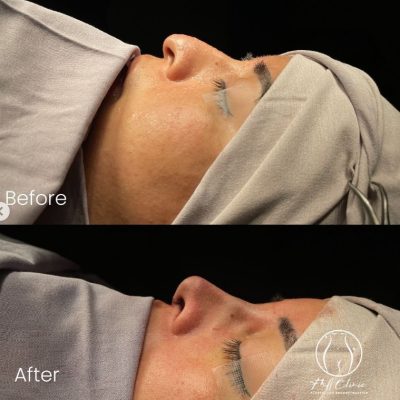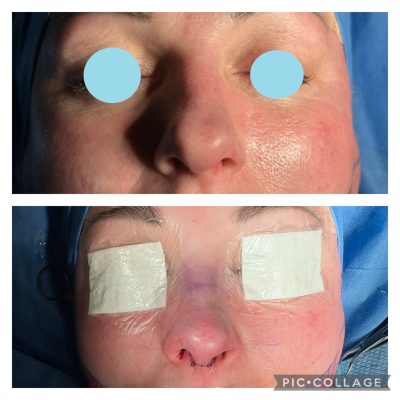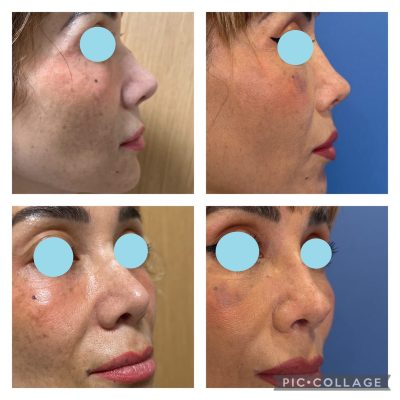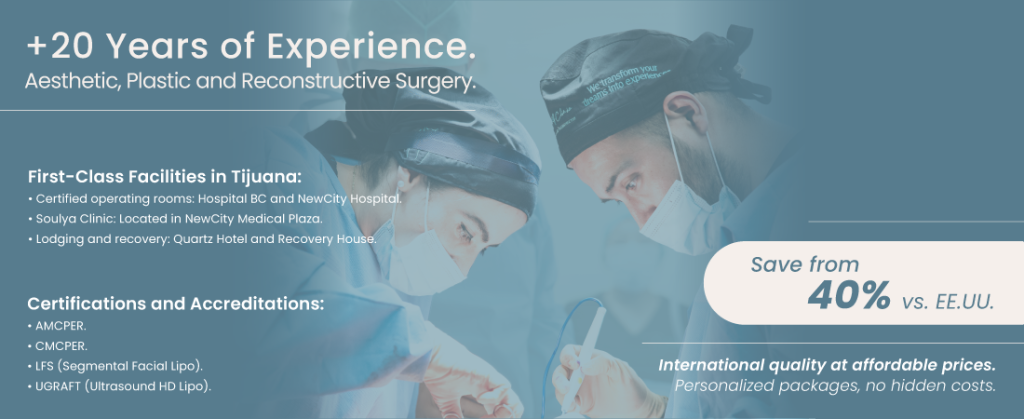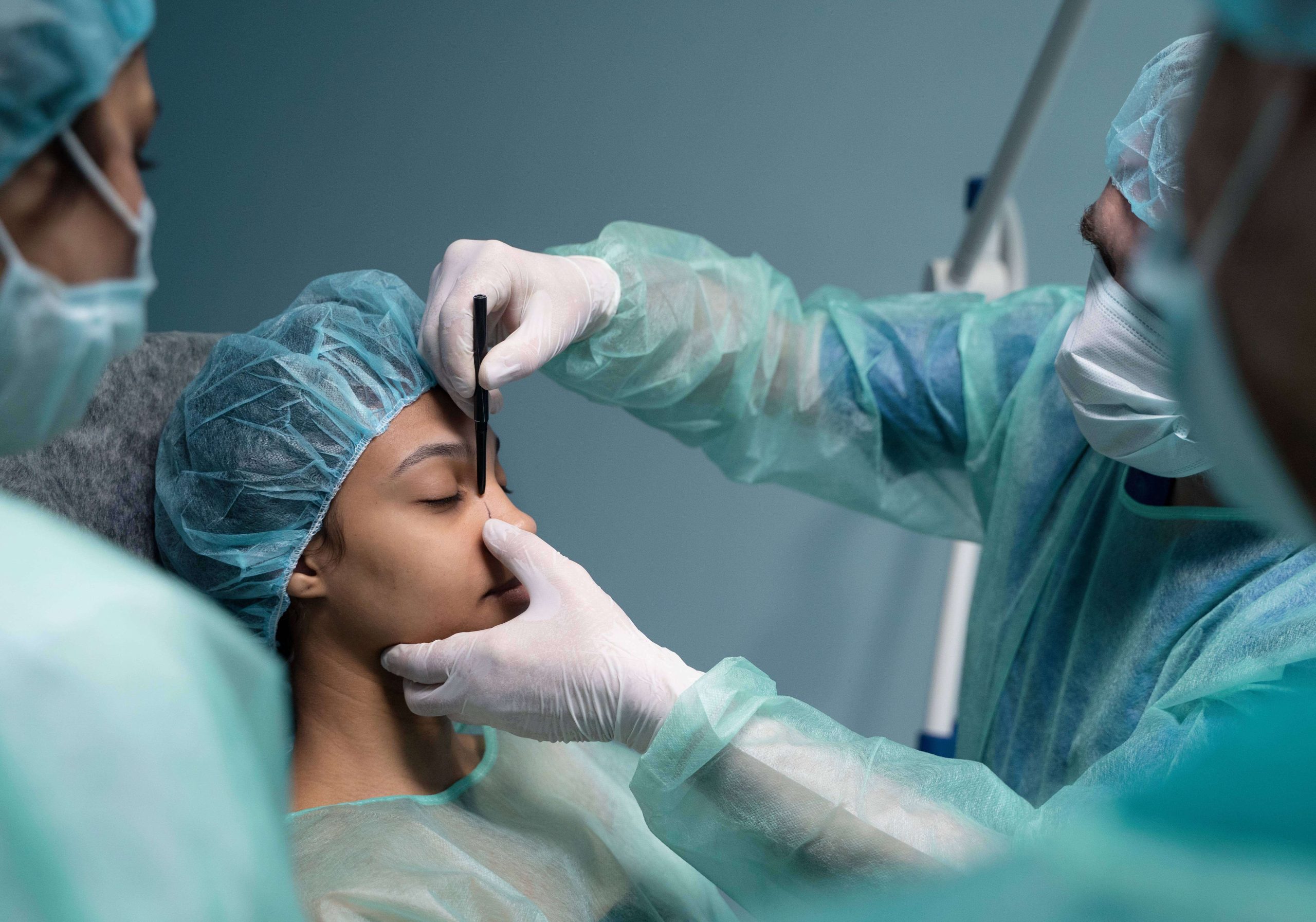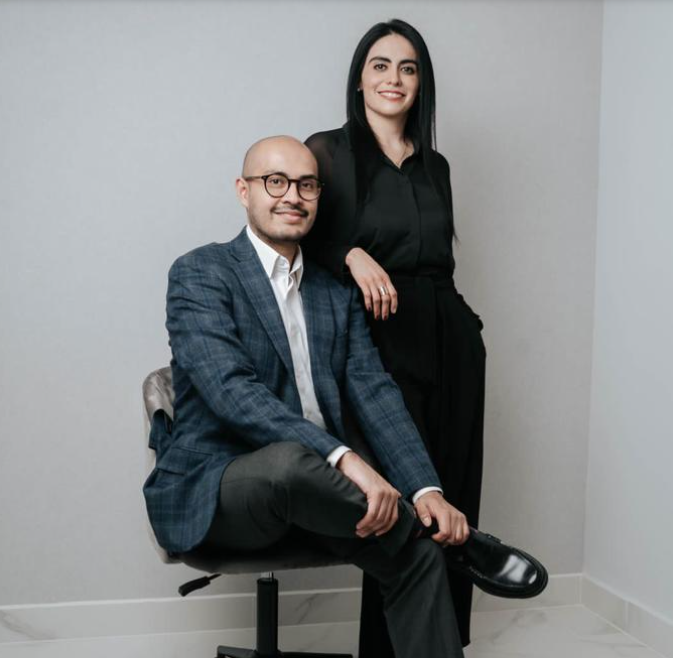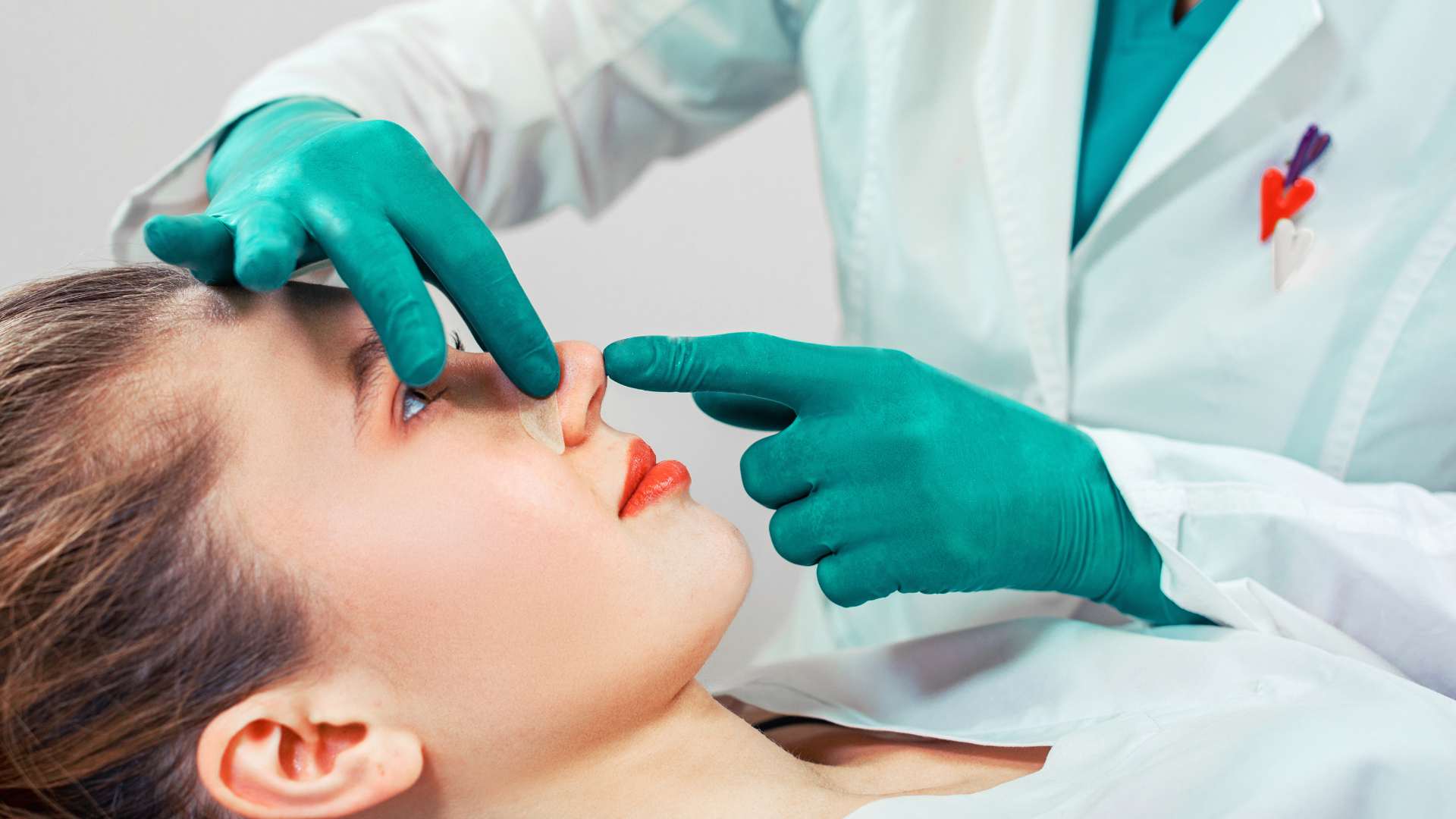Mexico—particularly clinics like Soulya in Tijuana—has become a leading destination for rhinoplasty thanks to a combination that few can offer: board-certified surgeons with international training, procedures performed in accredited hospitals, and a fully personalized care process from the very first contact. Unlike other impersonal options, at Soulya you have direct communication with the doctors, a detailed medical evaluation beforehand (even via video call), and post-operative follow-up in top-tier facilities. All of this with an investment up to 40% lower than in the U.S., without compromising results or safety.


